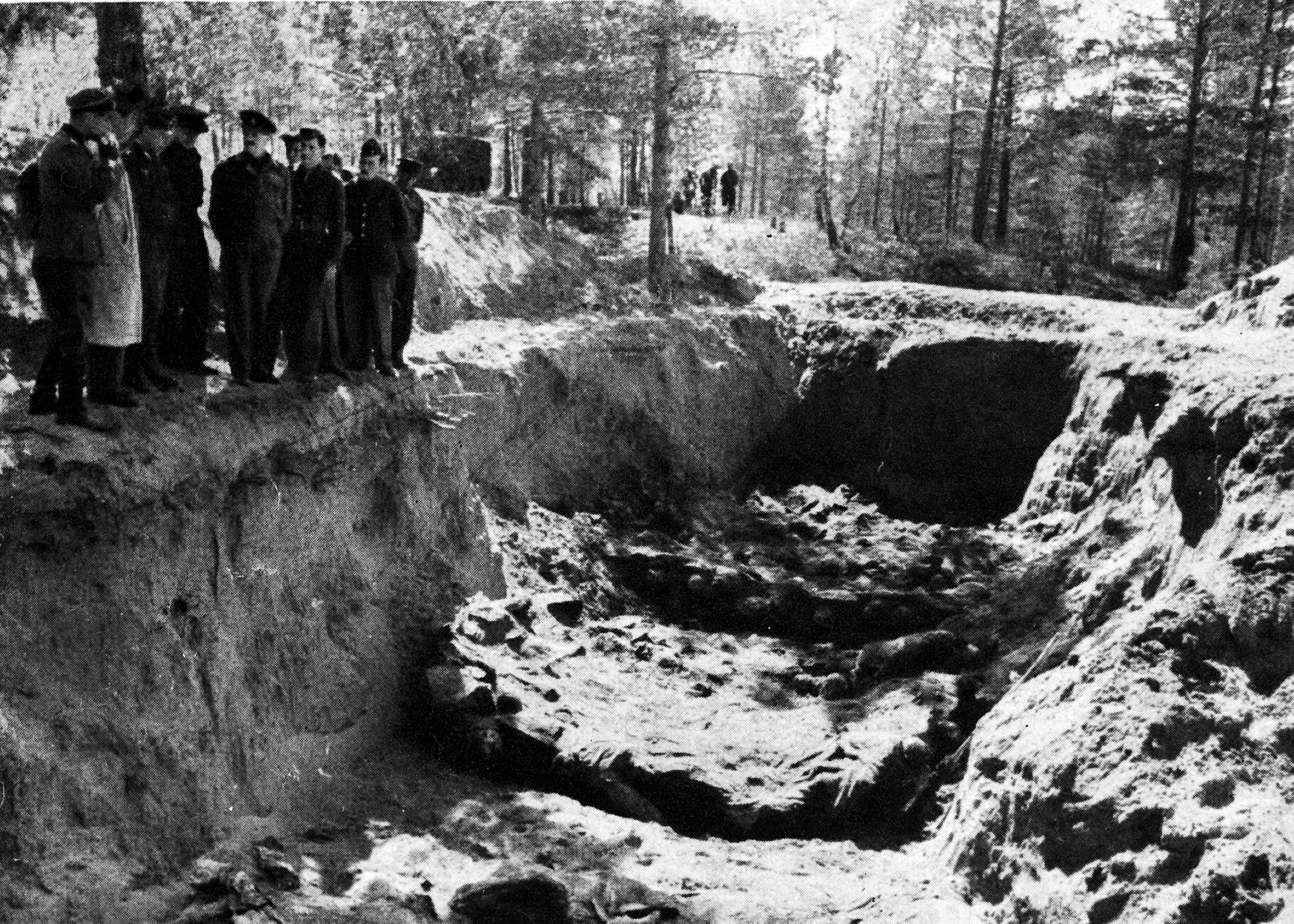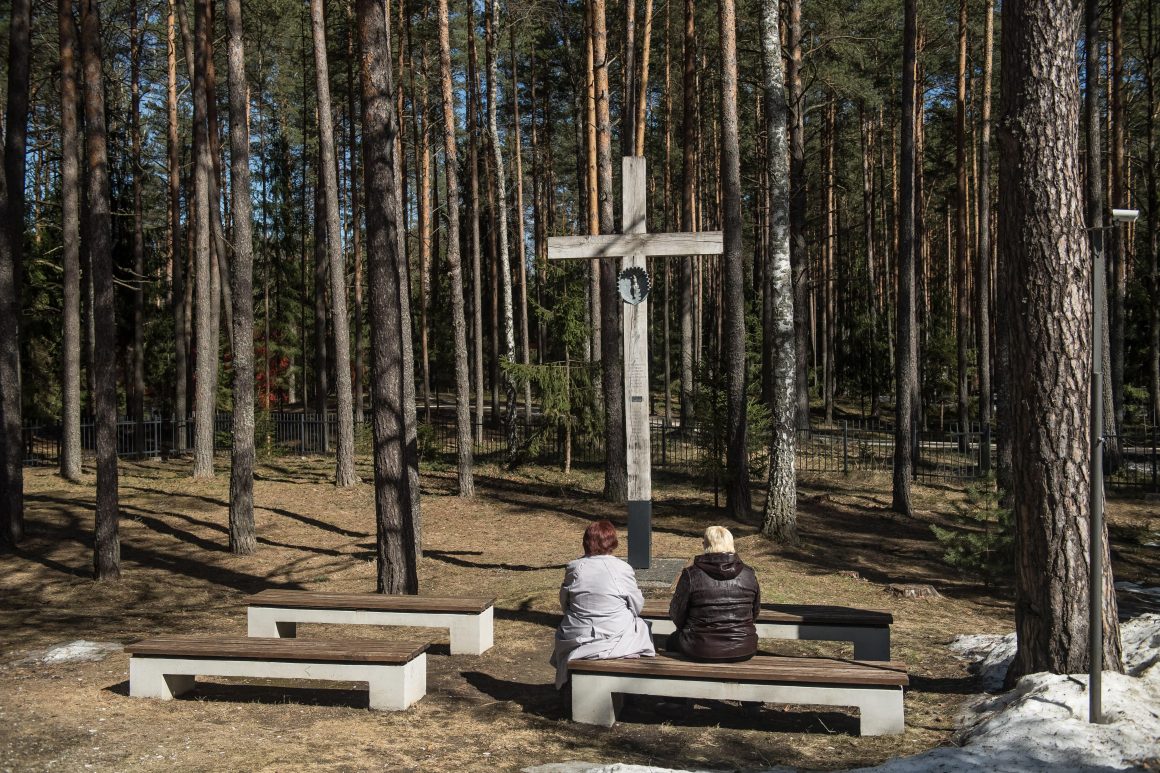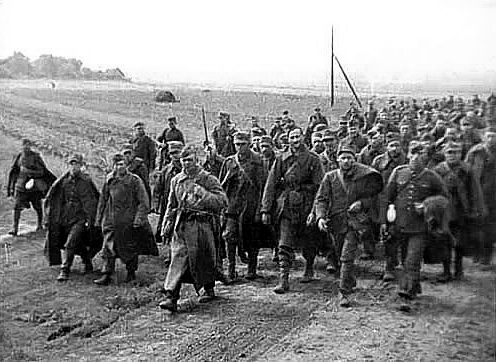News
Polish Historian: The truth about the Katyn Massacres was concealed for almost half a century
After German officials announced that they had uncovered the corpses of Polish officers in the Katyn Forest in 1943, the Soviet Union denied its involvement and proceeded to develop an intricate propaganda campaign to reduce any further suspicion from the international community — which became known as the Katyn lie. Dr Witold Wasilewski, a historian of the Institute of National Remembrance, studies how the Soviet Union falsified and concealed the truth about the Katyn Massacres for almost half a century.
In his article (2020), “The Katyn lie: Its rise and duration”, Dr. Wasilewski argues that while the Soviet Union painstakingly concealed its planning and participation in the murder of innocent Polish officials, there is now clear evidence of the government’s involvement in the crime — including the sanctioning of the massacres by top officials such as Kliment Voroshilov, Vyacheslav Molotov, Anastas Mikoyan, Lavrentiy Beria, and Joseph Stalin.
He writes, “Today we know fairly well the mechanism of constructing the initial and at the same time fundamental testimonies to the Katyn lie thanks to the documents collected in Russian archives”.

Soviet efforts to conceal the Katyn Massacres began when the Red Army retook Soviet territory from German forces in September 1943.
Dr. Wasilewski states: “In the following months the Soviets began open preparations to install the communist regime in Poland, and also developed a very complex structure of forgery, which in the eyes of the world legitimized the Katyn lie, or the “legend” about the crimes on Poles by the Germans after they entered the Smolensk region in the summer of 1941.”
Soviet authorities managed to achieve this goal by integrating the work of two commissions. The first commission, known as the Kruglov and Merkulov Commission, was made up of NKVD and NKGB officials — many of whom had been involved in the actual murder of Polish POWs in the spring of 1940.

Commission’s objective was to manufacture evidence concerning the Soviet Union’s innocence and Germany’s misconduct
The group’s activities included protecting the site and corpses from interlopers, reconstructing the mass graves that had been discovered to conceal Soviet involvement, and altering the crime scene to make it appear as if the Germans were at fault.
NKVD and NKGB officials focused on collecting fake testimonies, which were later used to confirm the Soviet version of events. In addition, they made a concerted effort to intimidate witnesses who knew the truth about the massacres. These individuals were silenced by means of blackmail and threats of isolation.
When the Kruglov and Merkulov Commission finished its work on January 10, 1944, a report called the Information on the results of the preliminary investigation in the so-called Katyn case was completed.
The Special Commission, headed by Nikolai Burdenko, presented the official Soviet version of the atrocities that took place against Polish POWs in 1941
The work of the Kruglov and Merkulov Commission was followed by that of the Special Commission (i.e., Burdenko Commission), which was created on January 12, 1944. The Burdenko Commission was composed of Soviet bureaucrats who were tasked with using the other commission’s materials for the creation of propaganda about the Katyn lie.
The group’s goal was not to probe who was responsible for the deaths of the Polish POWs, but to examine the evidence that had already been gathered by the Kruglov and Merkulov Commission, in order to paint a picture of what took place during Germany’s execution of Polish officials in 1941.
The evidence was used to confirm witness testimonies and to support statements made by Soviet forensic scientists about the state of the crime scene. On January 22, 1944, the Burdenko Commission presented its findings at a press conference featuring international journalists. These findings were then published in The Communication, which became a key text in the propagation of the Katyn lie amongst populations near and far.

The Katyn lie quickly spread to other communist bloc countries and to many circles in the West
“After proclaiming the Katyn lie and procrastinating its detailed legend, with which no citizen of the state ruled by Stalin undertook a polemic, Moscow's main goal was to spread the lie outside the Soviet Union, in particular to the communized nations and countries”, states Dr. Wasilewski.
Despite the fact that the NKVD was responsible for the murder of thousands of its citizens, the Polish government refused to acknowledge the USSR’s role in the Katyn Massacres.
Close relations between the two states led Poland’s communist government to accept the Soviet version of events and to condemn those who sought to reveal what actually took place. The truth about the Katyn Massacres only began to emerge in 1989, when the Polish People’s Republic collapsed and censorship eased.
Dr. Witold Wasilewski is a Polish historian who works at the Institute of National Remembrance in Warsaw. His research focuses on the history of Poland and Eastern Europe and this region’s interaction with Russia and the Soviet Union. This article was published by the Institute of National Remembrance in Warsaw Poland.